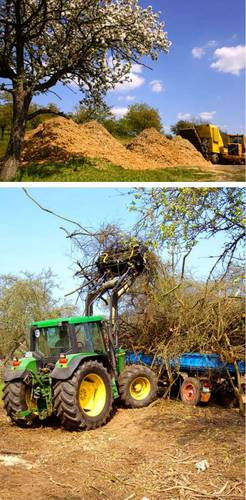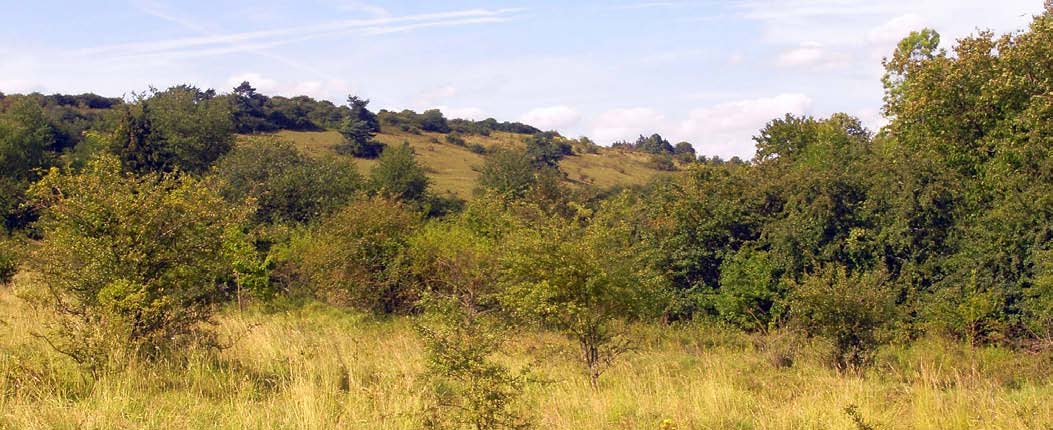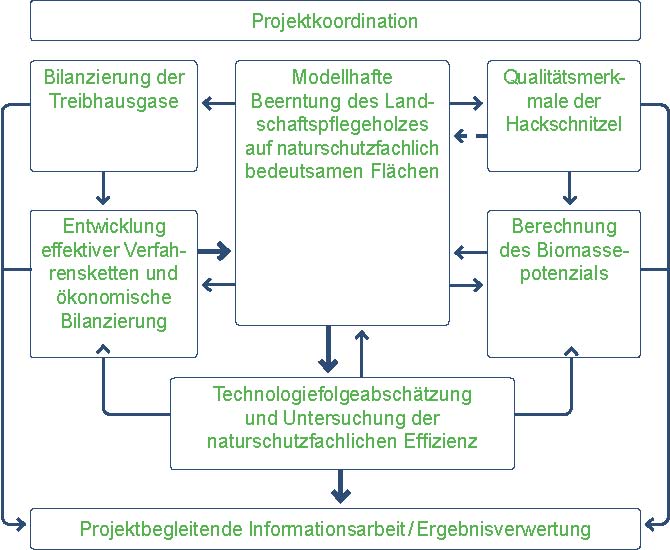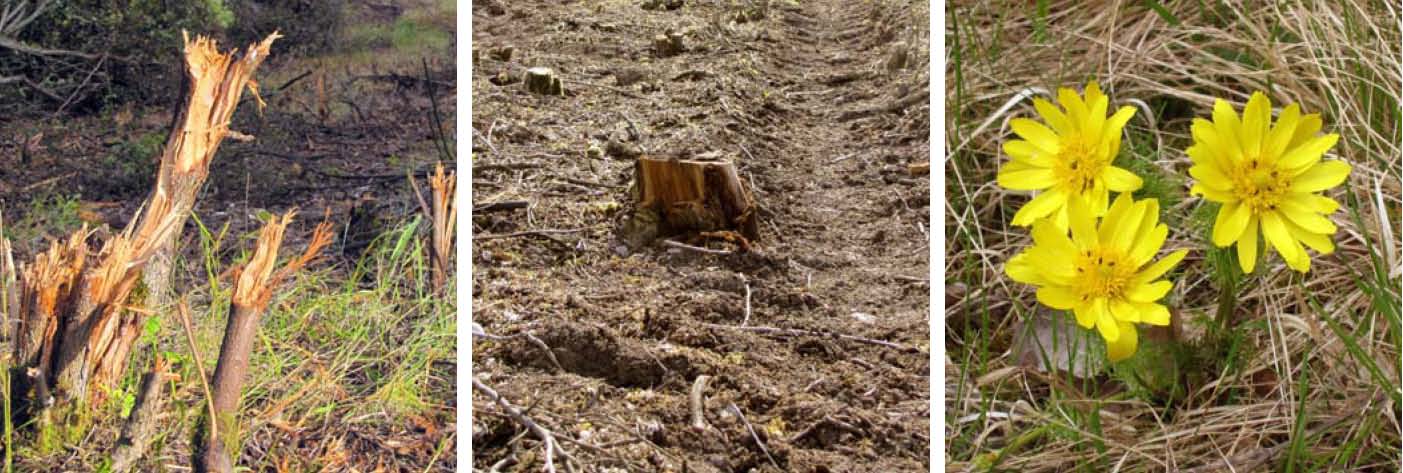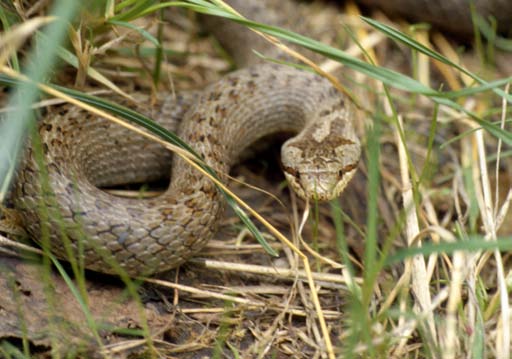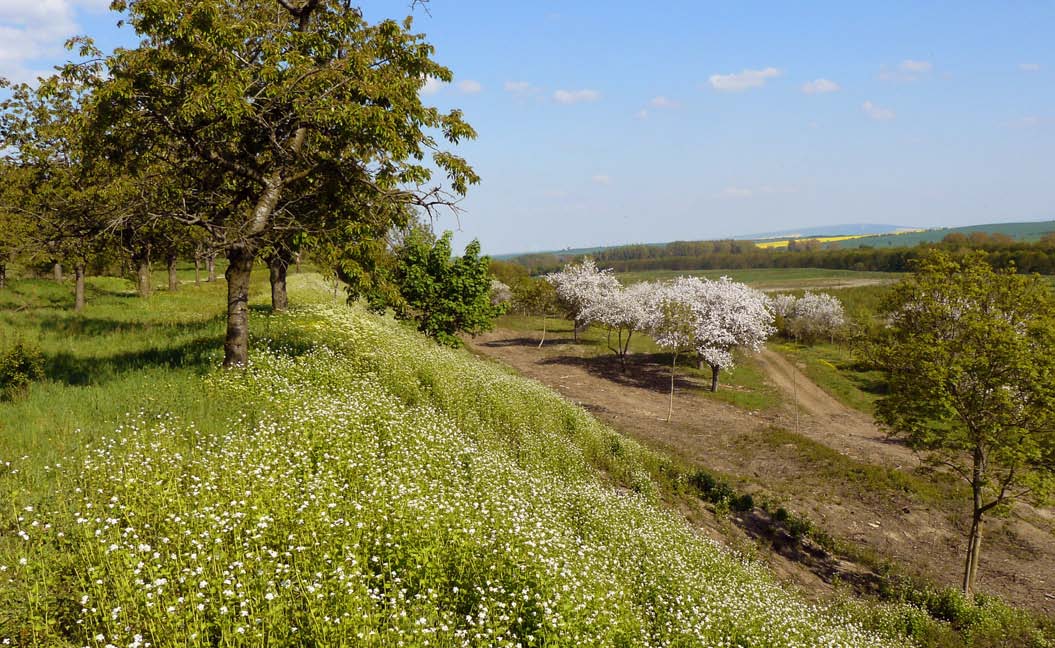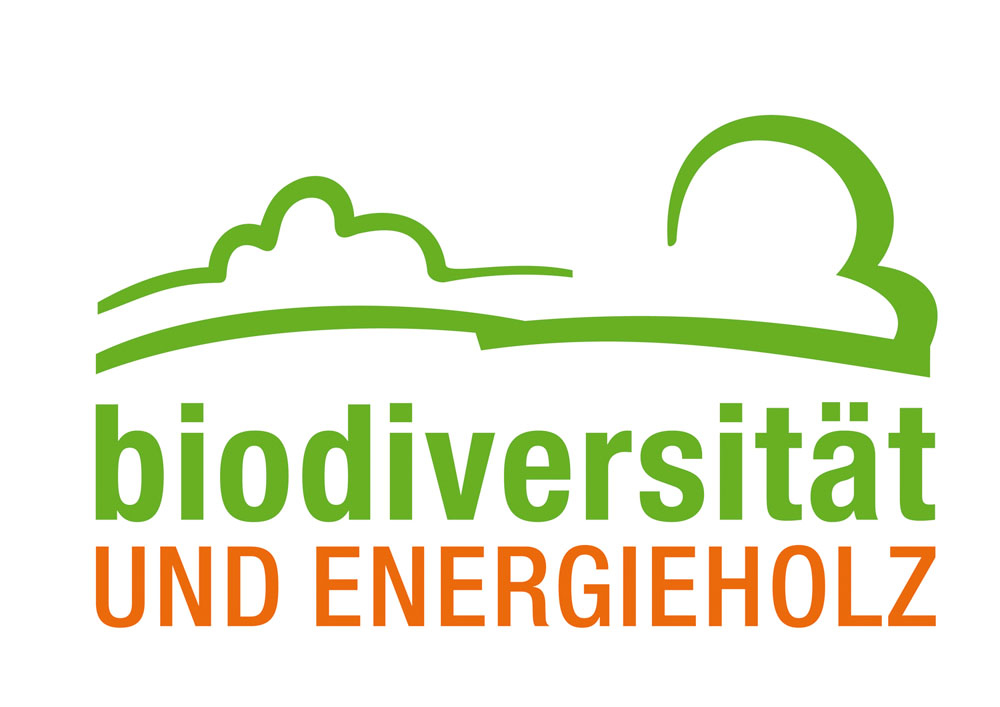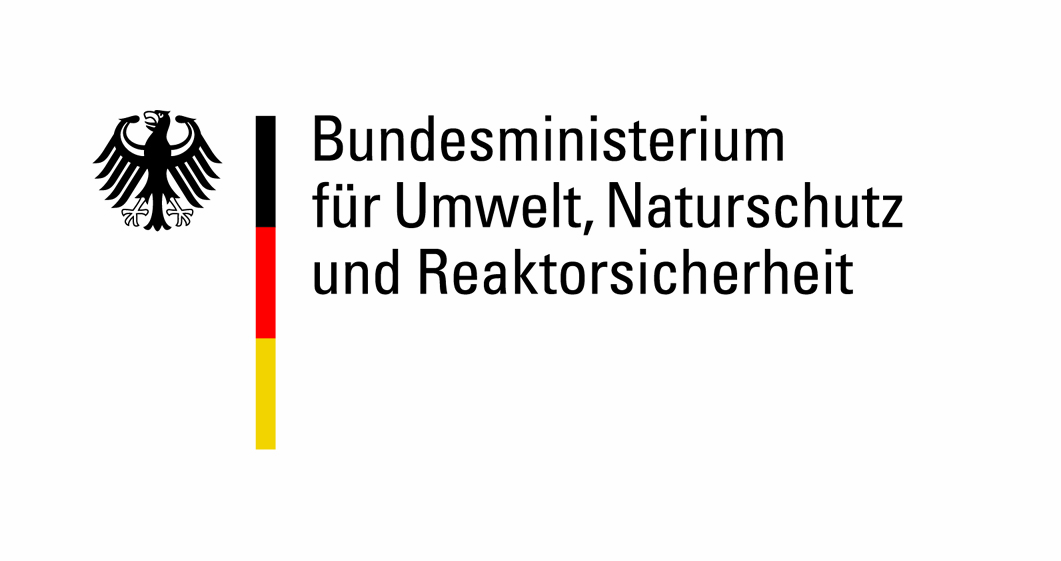Biodiversity and bioenergy – woody biomass harvest as a management tool to restore and protect areas with high nature conservation values
Motivation & Goals
Motivation & Goals

Which energetic quality do the pellets have? And what technology and logistics are suitable for harvesting shrubs and trees in nature protection areas? (Photo top: Stephan Arnold, Photo below: Dierk Conrady) Climate protection and biodiversity conservation are among the most urgent tasks of our time. Many species and communities of open and semi-open habitats are threatened by woody plant encroachment as a consequence of underutilization or abandonment of agricultural land. The National Biodiversity Strategy aims to reverse the decline in the diversity of species and endangered habitat types in the landscape and to ensure their conservation by supporting sustainable land use systems.
While traditional forms of land use often are no longer economically viable, harvesting woody biomass for energetic purposes may become an additional tool to restore and preserve habitats which require maintenance management, such as grasslands and heaths. The conditions are favorable: The Federal Environment Ministry‘s Climate Initiative and the Renewable Energy Sources Act demand and promote sustainable energy sources such as the energetic use of plant biomass from landscape management measures.
However, at present there are many unanswered questions and uncertainties regarding harvesting biomass for energetic purposes in areas with high nature conservation value. For example, the potential and energetic quality of woody biomass from shrub-encroached grasslands is largely unknown. It is unclear by which technology and logistics the biomass can be harvested, and thus what it costs. Moreover, the effects of technical harvesting on plants and animals in nature protection areas have not been well examined.
Under the leadership of the Nature Foundation “David”, a joint project was started in 2009. The focus is on conducting scientific studies which accompany the harvesting and processing of woody materials from management measures in areas with high nature conservation value.
Pilote areas
Pilote areas
Harvesting of biomass and related scientific investigations are taking place in very different habitats. A total of 40 areas were selected in the federal states Thuringia and Brandenburg. These pilot areas represent the predominant habitats in open landscapes, including mountain meadows, lowland hay meadows, calcareous grasslands, orchards, acidic dry grasslands and heaths. Most of the pilot areas are located in protected areas (e.g. Natura 2000 sites, nature reserves, biosphere reserves). In each of the selected areas, woody biomass will be harvested and processed for energetic use between 2009 and 2013.

Overgrown calcareous grassland in the pilot area "Flachstal" (district Unstrut-Hainich, Thuringia) before harvesting. (Photo: Annett Baasch) Work packages & Partners
Work packages & Partners
The main focus of all investigations is to determine the ecological and economic effects of different technologies and logistics, which have been used for harvesting and processing. A further goal is the development of a practical method for predetermining available biomass in advance of harvesting. Several scientific analyses are being carried out by different institutions. Harvesting and processing of the biomass are accompanied by consulting engineers; the energetic quality of the produced pellets is determined by the Thuringian State Research Centre for Agriculture (TLL) and greenhouse gas balances are calculated by the German Biomass Research Centre (DBFZ). Ecological effects on species and communities are being monitored by the Anhalt University of Applied Sciences (vegetation surveys) and the Erfurt University of Applied Sciences (faunistic investigations).

Organizational scheme of the project Monitoring
Monitoring
Monitoring the effects of harvesting on vegetation and animal species in different habitats is the fundamental basis for the designation of nature-friendly technology and logistics applicable for biomass harvesting in areas with high nature conservation value. As a first step, goal- and site-specific evaluation and success criteria were defined for each pilot area (e.g. in terms of habitat structure, species composition and habitat quality for certain target species). We collect data using permanent plots and transects to survey the vegetation and different animal groups (e.g. grasshoppers, birds, reptiles).
Surveys are carried out yearly starting in the year before harvesting. We regularly assess the ecological status of each pilot area by means of target-performance comparisons using defined evaluation and success criteria. Furthermore, technology effects such as soil injuries, soil compactions, layers of residual material, and height of remaining stubs and stumps, are recorded and assessed with respect to their potential impact on the development of plant and animal communities (e.g. negative effects due to nutrient enrichment) as well as any follow-up management (e.g. obstacles for mowing or grazing).
Data collected during monitoring of pilot areas for harvesting biomass (success control, technology assessment) should provide statements about the applicability of technology and logistics chains in nature protection areas as well as statements about the potentials and problems in the energetic use of (woody) biomass as a tool in restoration and management of overgrown grasslands. Results and knowledge will be synthesized to produce concise guidelines for harvesting biomass in different habitats of high nature conservation value.
Technology effects, such as soil injuries, soil compactions, layers of residual material and height of remaining stubs and stumps, are recorded and assessed with respect to their potential impacts on plant and animal communities as well as any follow-up management. On the right side: Adonis vernalis - target species on calcareous grasslands. (Photo left, middle: Annett Baasch, Foto right: Volker Johst)

Smooth snake – a typical species on dry grassland and heaths. (Photo: Dierk Conrady) What are the next steps?
What are the next steps?
Up to now, woody biomass was harvested in 22 areas. Pellets for energetic use were processed from the resulting biogenic material. By 2013, all other model areas will be harvested. However, clearing can be seen only as an initial treatment. Therefore, in close collaboration with nature conservation and forestry agencies, a follow-up management plan will be developed for the sustainable maintenance of each area. The findings from all subprojects will be synthesized, and concepts and guidelines for efficient and nature-friendly harvesting and processing of biomass from areas with high nature conservation value will be derived. In the future, these concepts will also to help minimize the costs for management and restoration measures in nature and landscape conservation. The results are to be available to nature conservation and forestry agencies, NGO’s, landscape planners, companies and engineers from forestry, horti- and agriculture. In addition, they should be implemented in the current political processes concerning the protection of climate and biodiversity, e.g. adapting funding guidelines and agro-environmental schemes.

Dry grassland in the area „Kirschberg“ (district Sömmerda, Thuringia): tree month after biomass harvesting. (Photo: Dierk Conrady)
Project leaders: Prof. Dr. Annett Baasch, Prof. Dr. Sabine Tischew
Researchers: Dipl.-Biol. Karen Runge
Funded by: Federal Ministry for the Environment, Nature Conservation and Nuclear Safety
Projektträger Jülich (PtJ)




